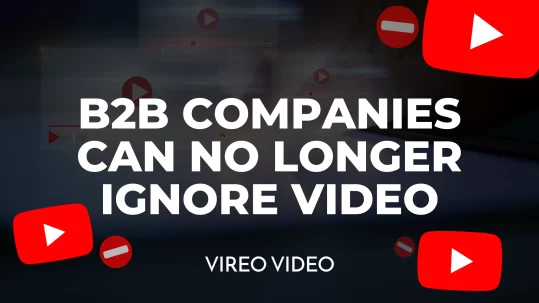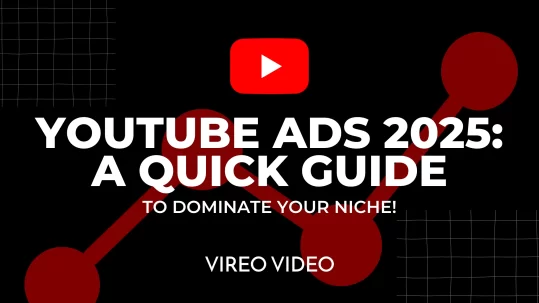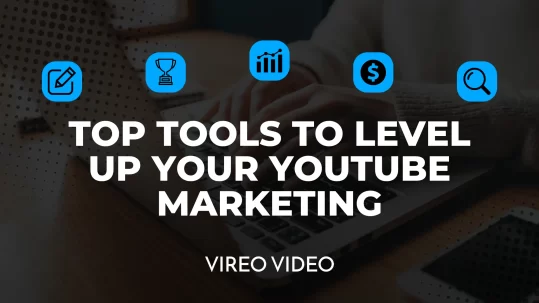Their goal was simple. Increase online lead generation for their insurance business, and acquire more paying customers. They wanted to reach more people within their target market to sell more of their products.
Our first thought to help them achieve this goal? YouTube advertising, of course! We knew that setting up a YouTube ad campaign using some good quality videos they made in the past, could work.
So we did exactly that. The result was a 20x increase in conversions, and an 86% lower cost per acquisition than they were achieving before. Success and a happy client, nice! (Check out that case study)
Now this is just one example of many where we’ve helped a business create profitable YouTube Advertising campaigns by following the same process that we share in this article.
Article Highlights
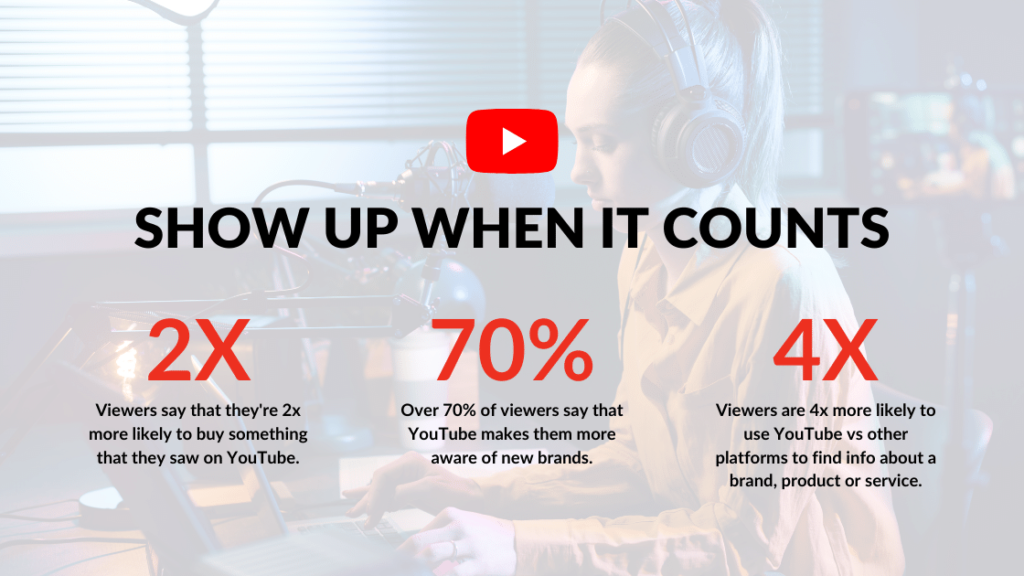
What makes YouTube Ads so Effective?
There are lots of advantages when it comes to YouTube advertising. Some of which include that they are:
Cost-effective
You can start with any budget, big or small, to begin seeing a return on investment.
Highly targetable
YouTube and it’s parent Google are two of the world’s most used search engines, which means they have a ton of data. So whether you want to target by demographics, interests, customer matches, competitors’ audiences, search history or otherwise, you have the ability to niche down as much as you’d like on YouTube.
Easy to measure success
Google’s robust ad manager makes it very easy to see what’s working and what isn’t. You’ll start seeing results as soon as your campaign is rolling, and know whether to keep spending or make adjustments.
Focus on video
With YouTube Advertising you’re primarily leveraging the power of video. Videos do a better job of showing off you and your business, and connecting with your audience and grabbing attention. This is partly why video advertising in general tends to have a higher potential of performing. Naturally, YouTube lends itself well to this approach.
According to Hubspot, 90% of users say that product videos are helpful in the decision process. While 64% of customers are more likely to buy a product online after watching a video about it, as per YouTube.
This really goes to show how important video can be for your business. So in this article we’ll equip you with everything you need to know for creating and optimizing profitable YouTube Advertising campaigns. Let’s jump in!
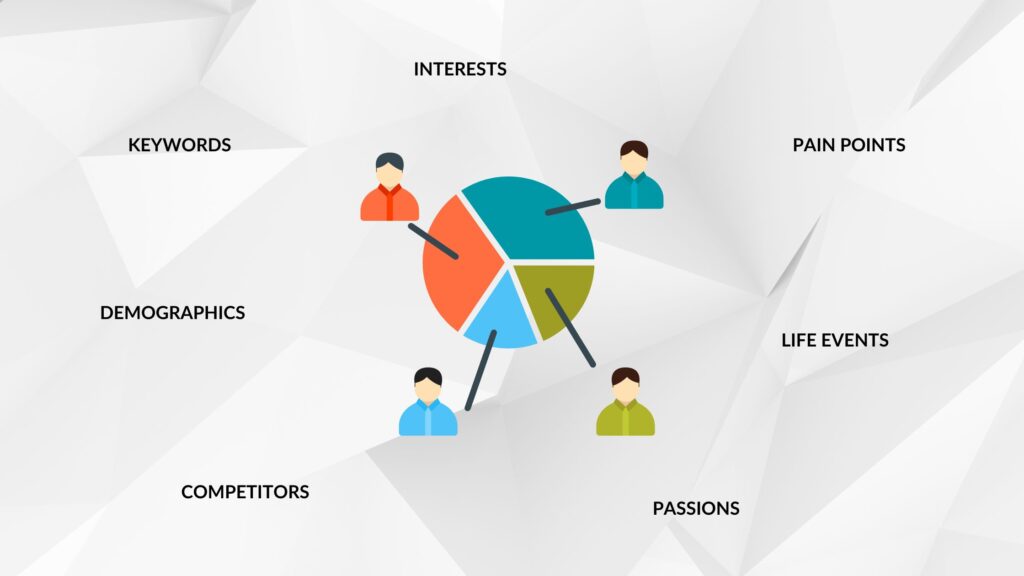
Start with Research
This is a crucial first step that you need to spend time on and get right. The research serves as your base and determines how you will set up and target your campaign.
Here you are identifying important metrics and information to help build out a Profitable YouTube Advertising campaign. Consider the following:
Pain points
Identify real-world pain points that your customers have and which you will need to address.
Demographics
Are there any specific ages, genders, income groups… etc, that you know are common among your target audience?
Interests
Think through what relevant topics and categories that your target customers are interested in and already searching for.
Competitors
Note who your main competitors are because you’ll be able to directly target their audience.
Life events
Identify any important life milestones such as graduating from college, moving homes, starting a business, or getting married. These can all help you narrow in when targeting a niche audience.
Keywords
Create a list of 50+ keywords and 5-10 websites that your ideal audience is searching for online.
And, last but not least…
Goal setting
Make sure your end goal for the campaign is clear and written down before you start your campaign. This could be either increasing awareness, website traffic, email subscribers, driving sales conversions… etc, or a combination of any of these. You’ve got to know what you’re trying to achieve in order to know how to get there.
For extra help with finding the people who matter most to your business, try out YouTube’s free Find My Audience tool.
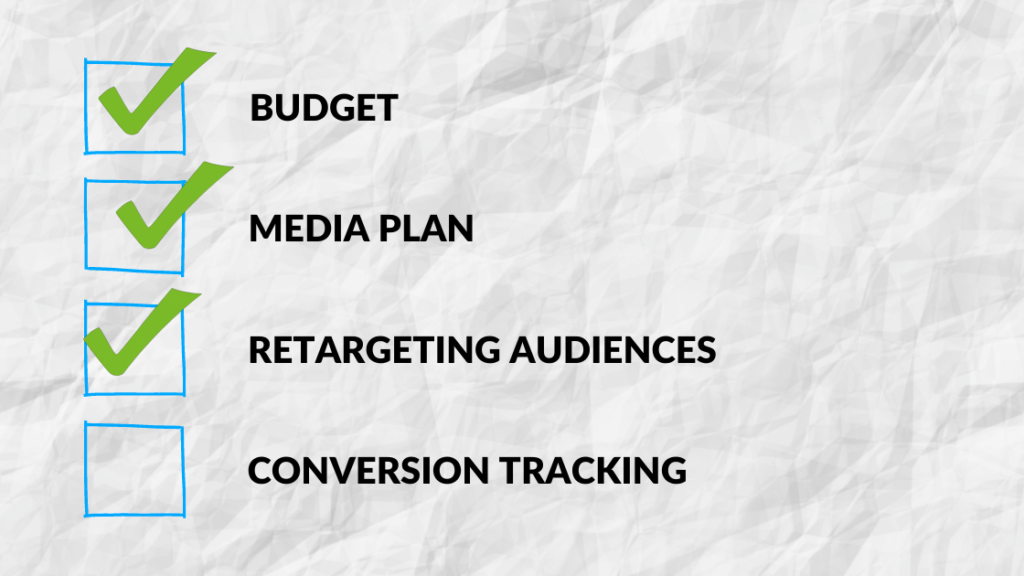
YouTube Pre-Campaign Checklist
Okay you’ve done thorough research and thought through all those key areas mentioned above. Awesome! Now, you’re ready to start working your way through our YouTube Pre-Campaign Checklist. This checklist is something we run through constantly to help our clients achieve profitable YouTube advertising.
Budget
Now that you’ve identified your target audience and campaign goal, you need to finalize your campaign budget. Depending on how broad or narrow your targeting is, you will arrive at a daily and total budget for your campaign. The more broad your target, typically the less expensive it’ll be because Google has some wiggle room to test different types of audiences within your target and find the ones that are delivering the best CPV or CPM. It can also limit other audiences that are getting too expensive to reach.
On the other hand with a more narrow target, you can expect to pay more. This is because Google has less flexibility to try other audiences within your target because you’re trying to reach a specific group. A narrow target means Google has to stay bidding on that audience no matter what the price becomes.
To help define your budget and goals, we suggest making use of Google’s Reach Planner Tool, or something similar to better gauge how much traffic or leads a budget can buy within a certain niche.
Media Plan
Your audience research and budget will now give you the sufficient insights to create a targeted media plan. You can think of this as your clear plan of attack. A good media plan consists of a list of what audience(s) you’re targeting, your campaign structure, daily/monthly budget allocation, dates for the campaign, video concepts and production plans. It should also include the estimated results you’re anticipating such as the number of impressions, views, or conversions. This media plan will help you keep your ad campaigns on the right track.
Retargeting Audiences
This technique allows you to serve ads to audiences made up of people that have already visited your website and or YouTube channel. So you’ll have your audiences that you create from scratch, but then you also want to have remarketing audiences because they have the potential to become your best performing campaigns.
This audience is “warmer” because it’s full of people that have already interacted with, or shown interest in your business in some way. This makes the audience much more likely to become a lead or customer.
If you already have remarketing setup on your website, you’ll be able to create an audience that is built around your website traffic or email list for example. If you haven’t setup remarketing yet, be sure to do this before running your campaign. This way you can capture the initial results of who’s visiting your website or interacting with your content, and then retarget those same people later on in your campaign.
Conversion Tracking
John Wanamaker once said “half the money I spend on advertising is wasted; the trouble is I don’t know which half”. Back in the day, offline marketing efforts were near impossible to quantify in actionable metrics. Fortunately, things have come a long way and it’s now the opposite in today’s digital advertising era. Now every ad dollar spent can be tied back to the results such as clicks, cost per conversion, and ROAS (return on ad spend).
And for this very reason, it is extremely important to make sure conversion tracking is set up properly on your Google Ads platform, website, and landing pages before you start running your campaign. Google Ads conversion tags help you build reports that show you what happens after a customer clicks on your ads – whether they purchased a product, signed up for your newsletter, or contacted your business for example. Spend some time to make sure this part is done correctly.
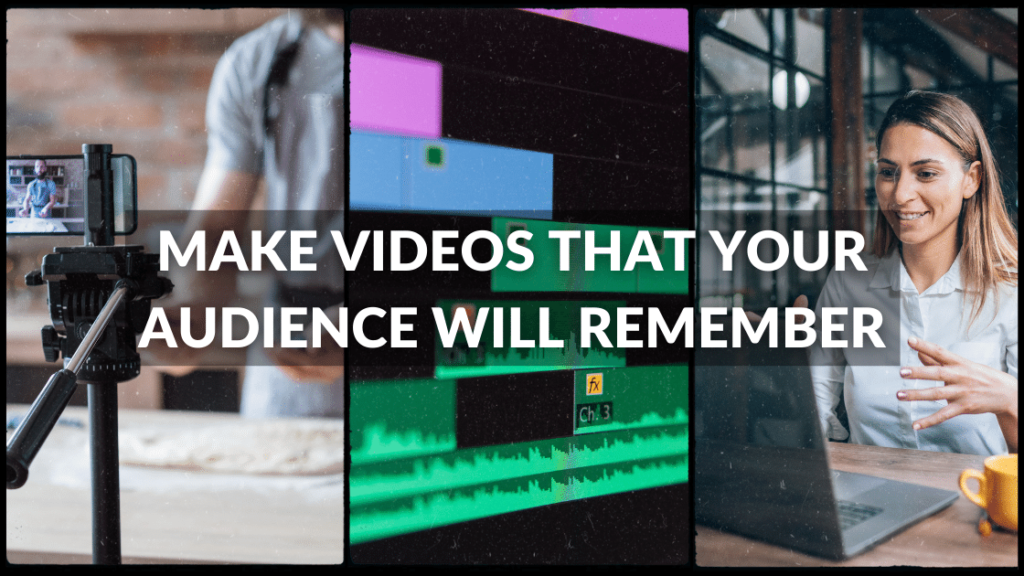
Creating Successful Video Ads that Work
Let’s be honest here, there’s a ton of video content online and audiences today are smarter than ever. If people spot a bad video ad, they’ll be cringing and staring at the “skip this ad” button until it becomes available to click after just a few seconds.
So how do we avoid this? The key is to create a high-quality video ad that catches peoples attention, doesn’t annoy your audience, and feels a little different than a typical advertisement. Without a quality video, it’s going to be an uphill battle trying to get a video ad to convert.
What's considered high quality?
High-quality doesn’t mean 4k footage shot on an expensive cinema camera. Rather, think of high-quality as in the content itself, the script, the personality on camera, and the pace of the video among other things. If those are well thought through, that’s where quality comes from.
Here are the steps to create a winning YouTube Ad that will set you up for success:
Hook
You need to think through how you’re going to capture the attention of your target audience within the first 5 seconds. Step into their shoes and think about what can make them stop, and watch your ad.
Problem
Address the problem that you know your target audience is experiencing. To do this you need to do your audience research well. Understand lifestyle choices, habits, milestones, pain points… etc. Doing this properly will help you build a rapport with your audience.
Solution
You described the problem, so now position yourself as the solution. The key is to differentiate yourself from others out there. Speak to the errors that most other competitors get wrong and what you’re doing differently.
Social Proof
Establishing your brand’s credibility is a great way of gaining your audience’s trust. You can do this by speaking on results that you’ve achieved (kind of like we did at the beginning of this article), brands you have worked with, or speaking about your awards and achievements. Social proof is a great way to build trust.
Call-to-action
Be very clear with your call-to-action. Tell your audience what they need to do. The where and how needs to be clear and simple. This may be asking the viewer to click the link below which will take them to a sign up page for example. Just make sure you’re verbally saying this in your ad, as well as using graphics or writing in the video to point toward whatever that next step is.
Also, you should ideally aim to create a few different versions of your video ad so that you can split test different lengths, styles, and CTA’s to see what ends up performing best.
There’s a lot that goes into creating a high quality, effective video ad as you can see. So spend some time on this area, and even enlist the help of your colleagues or friends for ideas and feedback. Profitable YouTube advertising has massive potential, but you’ve got to earn it.
Flashy effects, humor, good lighting… those can all help, but you’re trying to connect with people at the end of the day, so try to remember that the audience will appreciate authenticity and a solution to their problem more than anything else.
For more learnings and inspiration on creating great video ads, visit YouTube’s guide on “How to Make Great YouTube videos“.
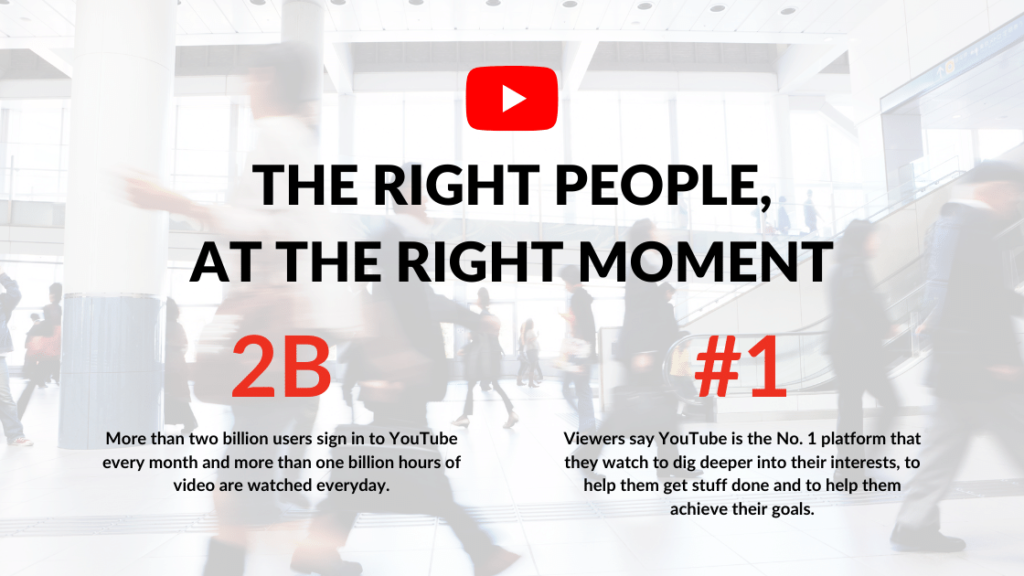
Use Advanced Targeting to Drive More Conversions
Now, when it comes to setting up your profitable YouTube advertising campaigns for launch, we suggest leveraging the advanced targeting tools available to you to ensure minimum waste of your ad budget.
The YouTube Ads platform not only lets you choose your audience demographics, but it also gives you some pretty sophisticated advanced options to really narrow down to your most interested audiences.
Just like we talked about in the “research” phase of this guide, here’s where you get to use that information you collected to set up advancing targeting. This can be split into three categories:
Cold Audience Targeting
- Topics: subjects and categories of interest that your audience is interested in.
- Keywords: words, phrases, and terms that your target customer tends to use and search.
- Placements: choosing specific videos or channels on YouTube that you want your ads to appear on.
Warm Audience Targeting
- Affinity Audiences: interests and habits of your target customer.
- Similar Audiences: created from lists that you provide to Google, such as an email list or website conversion list.
- Custom Audiences: keywords and phrases that you suspect your audience uses.
- In-Market: target audiences who are researching similar products and services actively.
Hot Audience Targeting
- Video Remarketing: showing your video to those that had past interactions with your videos or YouTube channel.
- Website Remarketing: showing your video to audiences of people that have visited your website.
- Customer List: showing your ads to your customer list who did not complete your sales funnel.
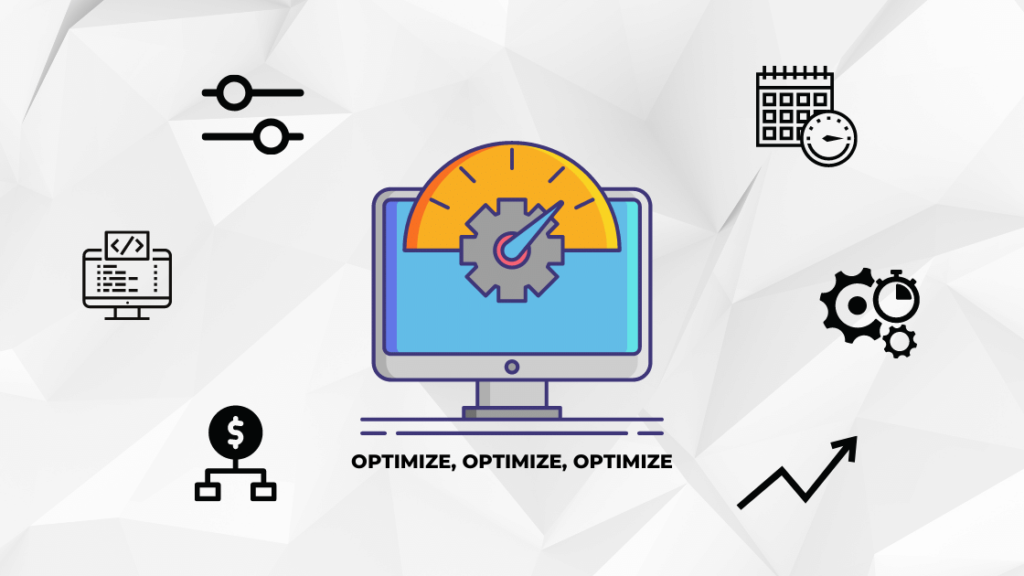
Optimize Your Campaign
You’re getting closer profitable YouTube Advertising! You’ve made it to launch and your ads are running. Nice work! Even though you’ve got your campaign running successfully, now is not the time to celebrate just yet. Optimization is what will help you maximize your results.
With data starting to flow in from your campaigns, go through it, understand it, and then leverage it to make informed optimizations to improve the performance. Some of the key metrics to look out for include:
Cost Per View
A rising CPV could indicate creative fatigue, meaning people are feeling “done” watching your video. This is good to track if the aim is to get as many views as possible where the goal is Brand Consideration.
Cost Per Conversion
Good targeting usually results in lower costs per conversion, because most of the people that are seeing the ad are finding it relevant.
View Rate
High view rate means the ratio between views and impressions is low, which can help you win more auctions at a lower cost. This can speak to how enticing your video is to watch, or how good your targeting is working.
Click-Through-Rate
Having a low CTR indicates the need for a stronger call-to-action, or perhaps a different ad placement.
Conversion Value / Cost
This looks at how much you’re spending to acquire a conversion, and what that conversion is worth to your business. This is an important metric to track for campaigns that are optimizing for conversions.
Also, remember that the most important cost per metric to monitor depends on the campaign type and goal. So these examples above are a good place to start and consider, but you may choose to track and prioritize other metrics based on your unique campaign.
Once you’ve confirmed what you are tracking and begin to see the data roll in, you can test new approaches, optimize again, then test some more. Repeat the cycle as needed. Do not shy away from experimenting and finding what works for your business. Like they say, “you won’t know if you don’t try”.
Test various communications, video ad styles, audiences, demographics, locations… etc, and continuously perform data-driven optimization. This is how you will find a winning formula that generates a positive ROI for your business.
Conclusion
Once you’ve found that winning formula and a particular campaign starts getting you favorable results, you can then start scaling up your campaigns. It may take some considerable work to get here, but once you do, the potential is huge!
We hope this guide has been a helpful tool to your business and gotten you excited about the potential of running profitable YouTube Advertising campaigns! If you have questions, or if your business is looking for support with YouTube Ads, book a strategy session with our team here. We’d love to help your business succeed with YouTube.
This article first appeared as a guest post that Vireo Video wrote for Influencer Marketing Hub.



